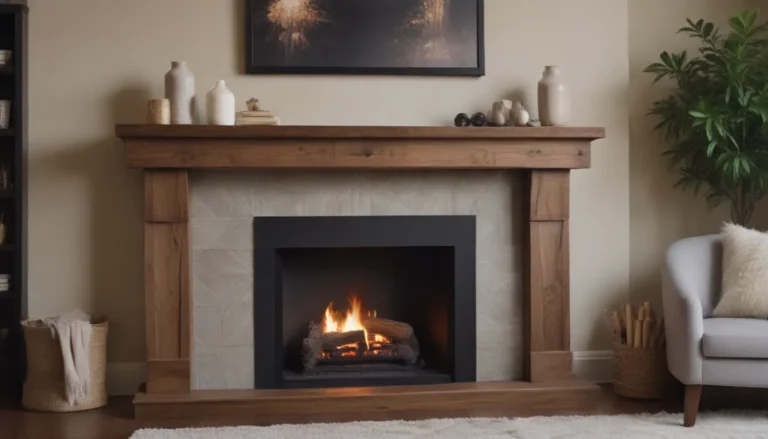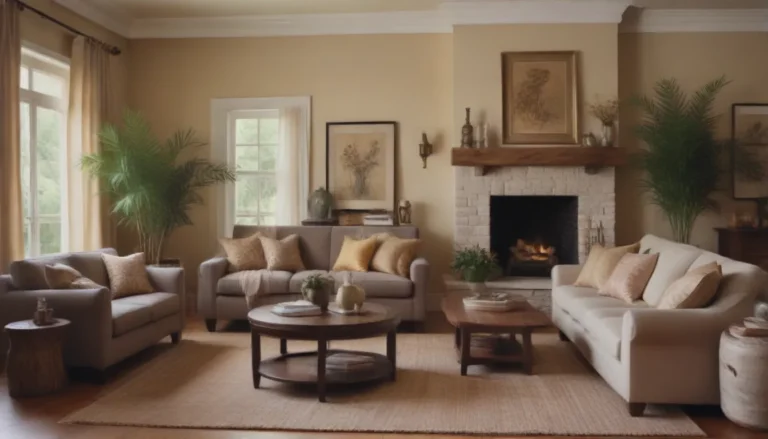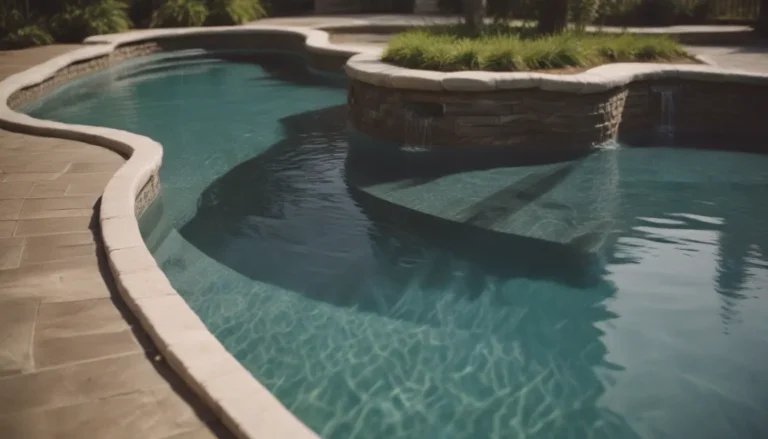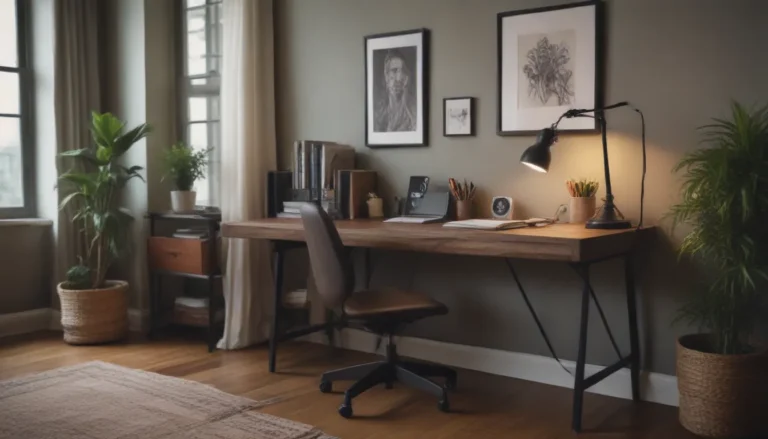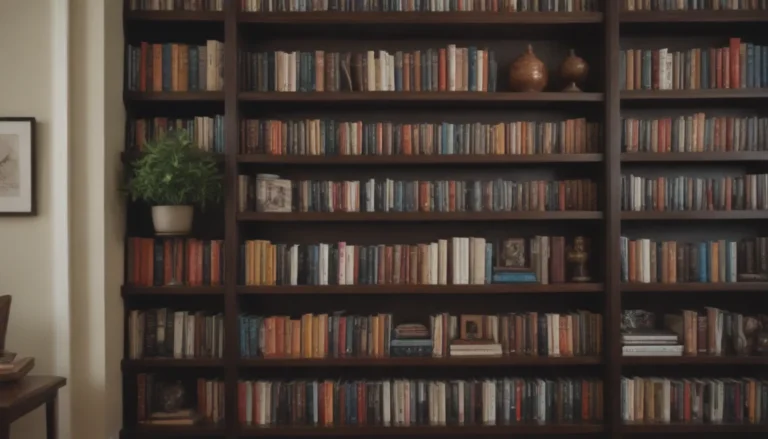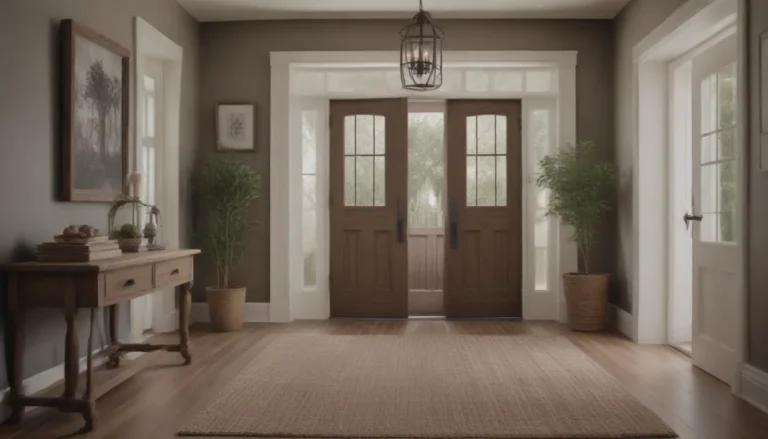Mastering the Art of Layering Area Rugs
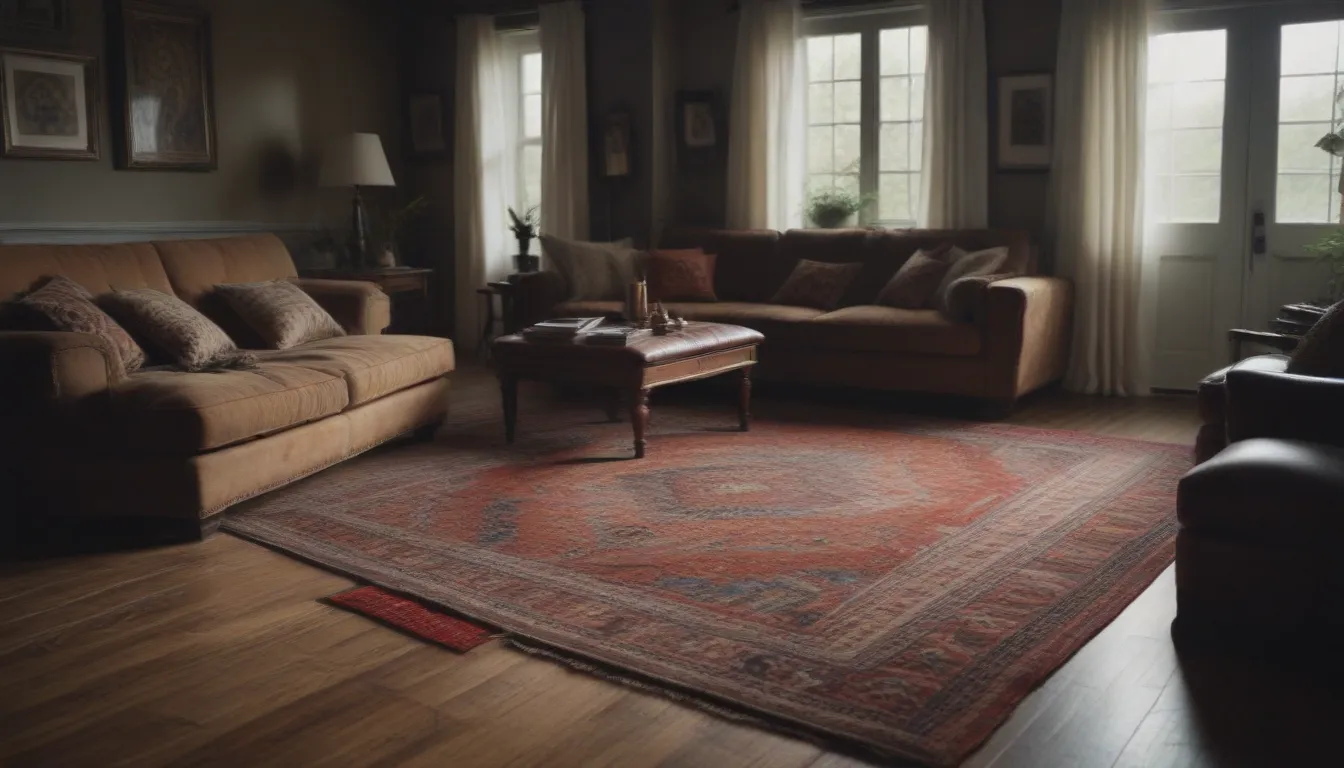
Are you looking to add a touch of flair and sophistication to your space? Layering area rugs is a fabulous way to elevate your interior design game. This trend allows you to experiment with color, pattern, and texture, creating a unique and dynamic look that sets the tone for any room.
In this comprehensive guide, we’ll explore six expert tips for mastering the art of layering area rugs. Whether you’re a seasoned designer or a beginner looking to spruce up your space, these tips will help you achieve the perfect layered rug look that suits your style and preferences.
Define Your Space with Layered Rugs
One of the key benefits of layering rugs is the ability to define a space within a room. If you have a large seating area and want to avoid the “floating furniture” look, layering rugs can help anchor the space and give it a sense of cohesion. By layering a smaller rug on top of a larger one, you can create a focal point and draw the eye to a specific area.
Tip: Experiment with different rug sizes to create visual interest. The top rug should be smaller in size compared to the base rug, creating a layered effect that adds depth to the room.
Highlight Key Areas
Layering a small rug on top of a larger one is an excellent way to highlight specific areas in your room. Whether you want to draw attention to a coffee table, bench, or any other special piece of furniture, a layered rug can serve as a stylish accent. Conversely, if there’s an area you’d like to de-emphasize, a strategically placed rug can help redirect the eye.
Play with Color and Pattern
One of the most exciting aspects of layering rugs is the opportunity to experiment with color and pattern. Whether you prefer a neutral base with a pop of color or bold patterns that make a statement, the key is to find complementary colors and patterns that harmonize with the rest of the room. Don’t be afraid to mix and match different hues and designs to create a visually dynamic space.
Tip: When layering patterned rugs, ensure that the colors are of similar intensity to avoid a clash of patterns. Tone-on-tone patterns can add depth and character to a room without appearing overwhelming.
Experiment with Texture
In addition to color and pattern, texture plays a significant role in creating a layered rug look that exudes warmth and sophistication. Mixing different textures, such as a plush sheepskin rug on top of a natural jute rug, can add visual interest and depth to your space. Consider the tactile qualities of each rug and experiment with combinations that enhance the overall aesthetic.
Prevent Tripping Hazards
While layering rugs can elevate your décor, it’s essential to ensure that they are secured properly to prevent tripping hazards. Use a rug pad to anchor the rugs in place and prevent them from sliding or bunching up. Additionally, heavy furniture placed on top of the layered rugs can help keep them in position and minimize the risk of accidents.
Tip: To prevent curling edges, use rug tape or apply heat to flatten them. Alternatively, weigh down the edges with heavy books to keep them in place.
Rules for Layering Rugs
While tips offer suggestions for achieving a layered rug look, it’s essential to adhere to some basic rules to ensure a cohesive and visually appealing design. Here are a few guidelines to keep in mind when layering rugs:
- Layer rugs of different sizes for a balanced look.
- Ensure the top rug is smaller than the bottom rug to create a layered effect.
- Use rug pads to secure the rugs in place and prevent slipping.
- Experiment with color, pattern, and texture to create a visually dynamic space.
- Anchor the layered rugs with heavy furniture to prevent movement.
With these expert tips and guidelines, you’ll be well-equipped to master the art of layering area rugs and transform your space into a stylish and inviting haven. Experiment with different combinations, trust your instincts, and have fun creating a layered rug look that reflects your unique style and personality.
